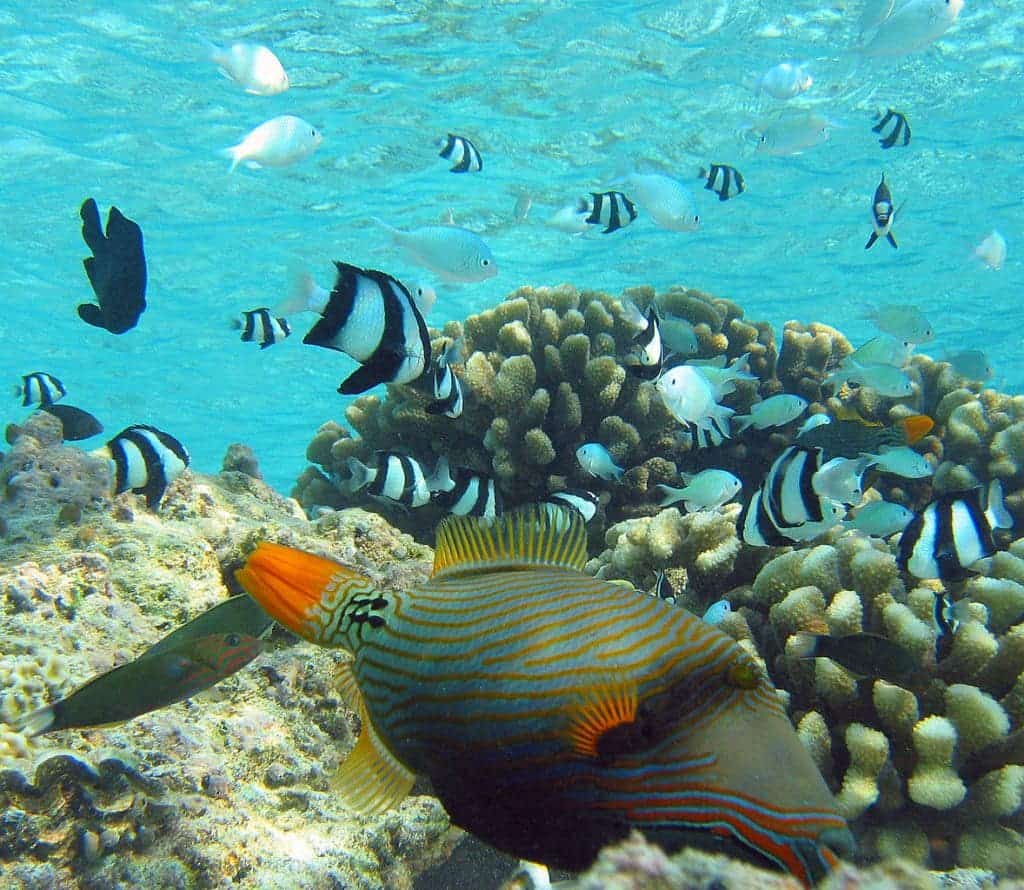Further increasing their conservation efforts, New Zealand will develop the world’s largest oceanic sanctuary – twice as big as their entire country.
New Zealand have cemented their position as one of the countries most interested in protecting biodiversity after prime minister John Key came forth with a project to widen the protected areas in the Southern Pacific Ocean. The current existing sanctuary around the Kermadec Islands will grow from 4,600 square miles to 240,000 square miles – a 50 fold increase.
“The Kermadec Ocean Sanctuary will be one of the world’s largest and most significant fully-protected areas, preserving important habitats for seabirds, whales and dolphins, endangered marine turtles and thousands of species of fish and other marine life,” Key said in a press release.
The Kermadec Islands will be at the heart of the protected area which hosts 35 species of whales and dolphins, 150 different types of fish, and 3 species of sea turtles; there are also 6 million seabirds, from 39 different species, as well as 250 species of corals and tiny animals called bryozoans. But there’s even more: the area that will be covered in the sanctuary includes the longest chain of submerged volcanoes in the world, and the second deepest ocean trench.
The sanctuary will also help ensure sustainable fishing.
“Creating protected areas will support not only our own fisheries, but those of our Pacific neighbors, adding to New Zealand’s efforts to help grow Pacific economies through the responsible management of their ocean resources,” the Prime Minister said.
Local industrial growth will be stunted, but the economy will be balanced by the growth in tourism, the government believes. Around 7% of New Zealand’s GDP is rooted in tourism, and most tourists are interested in New Zealand’s natural wonders.
Hopefully, the country’s environmental efforts will be doubled up in the climate summit in Paris (November), which will set goals to reduce carbon emissions and curve down climate change.










